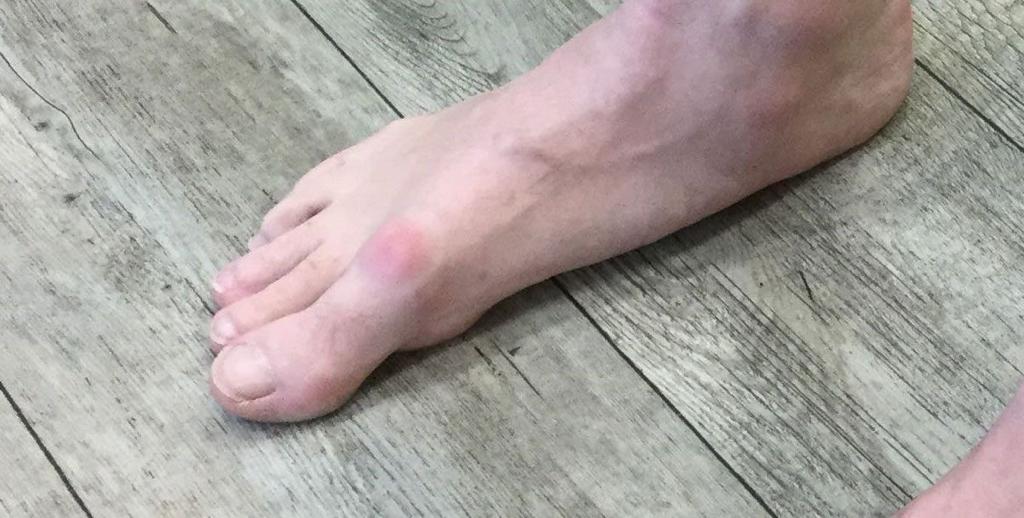Hallux rigidus is the medical terminology to describe a stiff big toe. The disorder is caused by degenerative arthritis of the great toe
Hallux rigidus causes pain and stiffness in the metatarsophalangeal (MTP) joint. That is the joint where your big toe (the hallux) meets your foot. Hallux rigidus is a progressive condition, which implies it can worsen with time. For certain individuals the condition this condition can be asymptomatic while other experience severe pain, swelling, and enlargement of the big toe joint
What causes hallux rigidus?
For the vast majority, this condition is not caused by trauma but rather their foot type. Hallux rigidus likely is caused by hypermobility of the joint or repetitive actions which slowly wear away the cartilage of the joint.
Different reasons for hallux rigidus include:
- Abuse of the joint, for example, in laborers who stoop or squat or competitors who stress the joint.
- Injury, for example, trauma tothe toe or hyper-extending the joint (called “turf toe” )
- Hereditary issues. It might come from acquiring a specific foot type (like a long first metatarsal bone).
- Osteoarthritis, which is joint irritation because of mileage on the joint.
- Autoimmune conditions, like rheumatoid arthritis or gout.
What are the signs that you may have hallux rigidus?
The primary indication is pain in your big toe joint, particularly when you push off as you walk. Assuming the condition progresses, you might notice:
- Your toe’s become stiff with activity, standing is agonizing.
- Increased pain to the area in cold climate
- Your toe joint becomes enlarged, and you notice prominent bone spurs on the top of the joint
- Pain and difficulty wearing shoes
Diagnosis:
How is hallux rigidus diagnosed? Your can analyze hallux rigidus by testing your toe joint’s range of movement. X-rays can be particularly important in diagnosing this condition because they can show uneven joint space narrowing and bone spurring which is often seen with this condition.
The treatment:
To ease the pain, your doctor might suggest you to adopt following measures.
- Loose Fitting shoes: Wearing shoes that have a lot of space for your toes and accommodate for any spurs. Try not to wear high heels.
- Restricting toe movement: Specific inserts which help decreased motion at the joint to prevent pain.
- Nsaids: Non steroidal anti-inflammatories, like ibuprofen, can ease pain and lessen swelling in the joint.
- Injections: Corticosteroid injections can allow the pain and swelling within the joint to reduce
- Surgery: In some cases, if the arthritis has become bone on bone, patients may require surgical intervention. It is our intentions to exhaust every conservative therapy before we recommend surgery.


